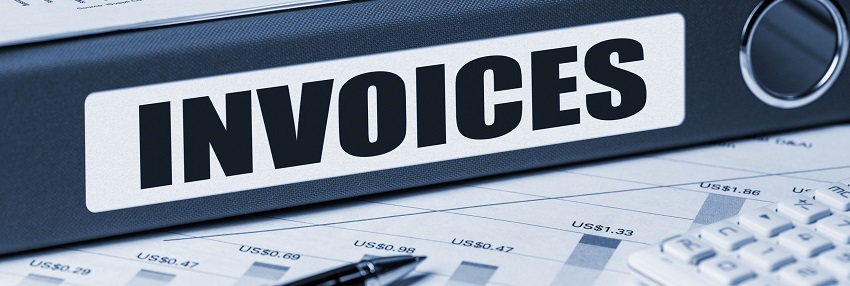
Stop Chasing your Invoices & Focus on GROWING your Business!
Invoice Finance Providers

Factoring: Reverse factoring: when buyers take charge
Just like export finance relates to trade finance as much as to receivables finance , reverse factoring, also known as approved payables finance, is largely a supply chain finance product. Contrary to typical factoring arrangements, this one is initiated not by the supplier of goods, but by the buyer. The intervention of a bank is necessary to make the supplier’s life easier, so it’s important to understand how financial institutions work in this kind of framework.
Although reverse factoring has many advantages, even over factoring, it is not without risks.

How reverse factoring works
With this type of factoring, the buyer initiates the arrangement to solve cash flow problems and banks play a very large part.
Reverse factoring VS “traditional” factoring
While factoring is initiated by the supplier who wants to finance his receivables, reverse factoring is started by the buyer so as to help finance the supplier’s receivables.
The same three parties are involved: ordering party, supplier and factor. Contrary to factoring, the ordering party can choose the invoices that the factor will pay. Here, it’s the buyer’s liability which is engaged.
Operational framework
Buyer approves invoices, finance is raised separately against the accounts payable by the supplier from a financial services provider (usually a bank), who valuates the creditworthiness of the buyer.
Supplier immediately receives 100% of the invoiced amounts from the factor, contrary to factoring arrangements where this amount is discounted, and buyer pays the bank when the invoice is due, plus fees.
Pros and cons of this finance facility
Reverse factoring is a very convenient financial product, even more convenient than factoring, for a number of reasons. However, this solution suffers from several disadvantages.
Advantages of reverse factoring
Suppliers enjoy:
- faster payments;
- low interest rates as rates are based on the creditworthiness of the buyer.
Ordering parties, or buyers, enjoy:
- better commercial relationships with their core suppliers, leading to possible lower prices;
- time saved from not having to answer their customers’ demands for faster payments;
- total availability of the invoice value for factoring, contrary to discounted amounts involved in traditional factoring.
Drawbacks
Reverse factoring is not for any company yet. Disadvantages include:
- Qualified ordering parties are often large companies with AAA credit rating. In fact, this product was invented for large retail groups, known for paying their suppliers only after a very, very long time;
- Agreements can be quite lengthy, with businesses having to commit for up to two or three years sometimes, although the market is changing;
- Suppliers can get trapped in a system where they cannot really choose exactly which invoices will be paid up front;
- Payment orders can’t be cancelled;
- On their side, suppliers may refuse the arrangement because they can find better factoring deal for themselves.
Discover the buying guide for Factoring
-
Import finance: the solution to engage in international trade

-
Export finance: not just receivables finance, but trade finance

-
Liability for unpaid invoice and factoring: who’s eventually footing the bill?

-
Recourse factoring and non-recourse factoring: who ultimately has to pay the debt?

-
Evaluating the importance of a cash flow forecast

-
Debt factoring: advantages and disadvantages

-
How does confidential invoice discounting work?

-
Receivables finance, or how to turn the problem of unpaid invoices into immediate cash

-
Investigating business cash flow solutions

-
Spot factoring, an interesting alternate factoring scheme for SMEs

-
How are factoring companies regulated?

-
Credit factoring explained

-
Invoice factoring: what requirements must be met?

-
Invoice payment terms - and how to have them abided by


